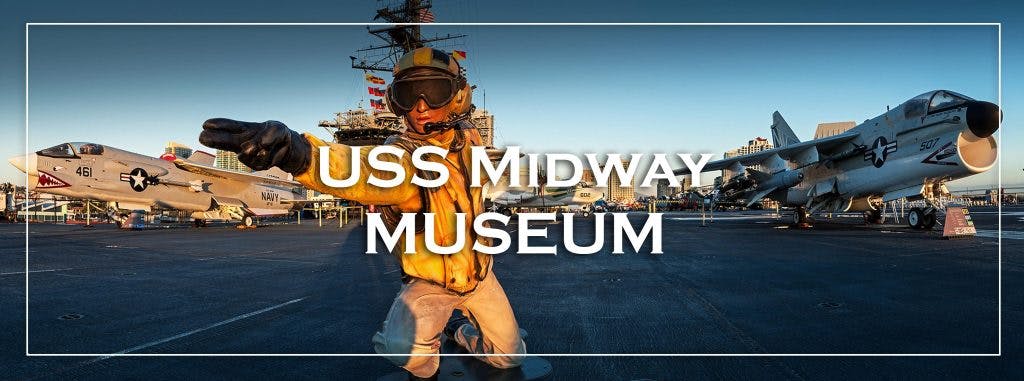 November 17, 2016 | Karl’s Korner
November 17, 2016 | Karl’s KornerThe First Carrier
On 29 November 1924, the USS Langley (CV-1) steamed into San Diego Bay to join the rest of the U. S. Fleet, which had transferred to Southern California after the First World War. Although military aviation was still a new concept then, San Diego was no stranger to its origins. In 1911, aviation pioneer Glenn Curtiss established the world’s first military aviation school at North Island, while also setting up an experimental camp to develop his newest invention, the seaplane. His success with former produced the Navy’s first aviator, Theodore Ellison, and the latter led to the Navy’s first aircraft purchase. However, it took the crucible of war, and another navy, to make shipboard aviation a reality.
Faced with the persistent threat of German zeppelins scouting ahead over the North Sea, and later, bombing raids over Britain, the Royal Navy cast about for a way to get aircraft into the air and up to the altitude of the airships to intercept them over the sea. Seaplanes were ill-suited to the interception role because it required ideal sea conditions to get airborne, and once aloft, the bulky floats hindered the climb rate and attack ceiling. Clearly, the latest wheeled aircraft were needed, but how to get them airborne?
After testing several contraptions, the British settled on the “flying off deck”, and converted one of their newer battle cruisers into a hybrid carrier by completing her with a flight deck forward of her bridge and smoke stack superstructure. The resulting HMS Furious could indeed launch the best fighters in Britain’s inventory, but landing back aboard was disastrous. Soon, the Furious lost her 18-inch gun turret aft and had a landing deck covering the after half of her length, but the large stack and tall bridge remained amidships.
Although ramps on either side allowed aircraft to be pushed between the segmented flight deck, landing attempts aft were a fiasco as the turbulence from the vestigial superstructure and stack exhaust were too much, even for experienced pilots. Ultimately, a converted ocean liner, the HMS Argus, was introduced with a full-length flight deck, but the war ended when she reported for duty in 1918. Meanwhile, U. S. and Japanese naval observers noted British developments and soon, both navies were working on carrier designs of their own. The Japanese version was the Hosho, and the Americans settled on converting a collier, the Jupiter, into the Langley in 1922.
Although called an “aircraft carrier”, the Langley was always considered a test bed to develop true carriers later. For example, although an elevator could transfer aircraft between the flight deck and her former main beck below, it was not a practical hangar deck. The elevator did not stop flush with the lower deck, and aircraft had to be lifted clear by a derrick crane and carried over to be deposited on the cluttered deck. More aircraft could be stowed in the former coal holds once the wings had been removed. The technical innovations were reserved for the flight deck where aviators learned through trial and error how best to take off and land on her narrow deck. These basics had barely been mastered when the Langley reported to San Diego. There, her fliers encountered Captain Joseph Mason Reeves, newly appointed in command of the Navy’s fleet aircraft, and he wanted to see how the Langley could fit in supporting the battleships.
Before long, he had the aircraft complement more than doubled, and Langley’s pilots performing a variety of military missions including gunfire spotting, scouting, and fighter interception. So dramatic was this transformation in the ocean off San Diego, that fleet commanders impatiently pressed builders to hurry along the next two, and very large, aircraft carriers, the Lexington and Saratoga.
Launch em’... until next time,
Karl
Your Adventure Starts Now
Your email is the key to information that will open up all your possibilities for exploring the mighty Midway!

